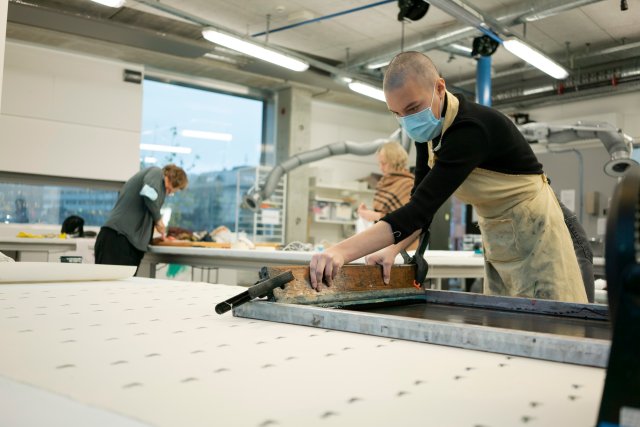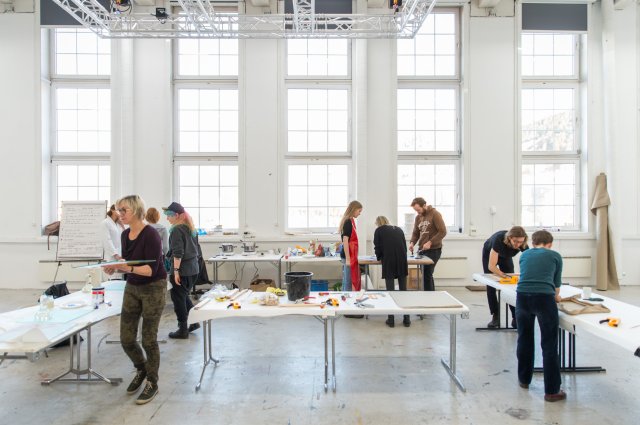Photography
The focus area photography helps to develop the necessary language to work with images critically and technically within the framework of contemporary culture. It encourages experimentation with a broad range of media and platforms without neglecting historical and political concerns regarding representation and mechanical reproduction.
The Professors in the focus area of Photography, together with a broad range of scholars and artists, work closely with students to push their individual vision and ideas towards a contextualized and personal art practice. Together we pursue an ongoing investigation of the current shifts in circulation, distribution and production of images as well as concerns regarding their authorship, censorship, medium, value system, manipulation, frame, illusion, and narrative. In turn, these inquires will be transformed into still, moving, digital, analog, published, textual, painted, sculptured, spoken, projected, and/or performed artworks.
The focus area of Photography is committed to provide the necessary technical support, photographic equipment and facilities to accompany and encourage the important questioning and experimentation with supposedly obsolete technologies as well as with those that are yet to come.




